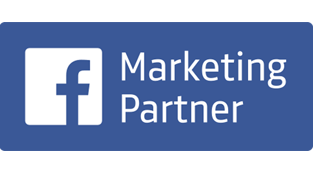A Roadmap for Law Firms
In today’s fast-paced legal environment, the efficiency and effectiveness of a law firm’s intake system are crucial. A well-designed legal practice intake system not only enhances the client experience but also boosts a firm’s operational efficiency. This article provides a comprehensive roadmap for law firms looking to implement or improve their intake systems.

Understanding the Importance of Legal Intake Systems
Before diving into the roadmap, it’s vital to understand what an intake system is and why it’s essential. An intake system is the process through which law firms attract, communicate with, and onboard new clients. It’s the first point of interaction between the client and the firm, setting the stage for the entire relationship. A streamlined intake system can lead to higher client satisfaction, increased efficiency, and ultimately, more successful client engagements.
Step 1: Assessing Your Current Intake Process
Identifying Weaknesses and Inefficiencies
The first step is to analyze your current intake process . Identify any bottlenecks, delays, or areas where clients or staff express frustration. This could involve anything from how potential clients find your firm to how you gather initial information from them.
Leveraging Client Feedback
Gathering feedback from recent clients about their experience with your intake process can provide valuable insights. Understand what worked for them and what didn’t.
Step 2: Designing Your Ideal Intake Process
Setting Clear Goals
Determine what you want to achieve with your new intake system. Goals might include reducing the time to onboard a new client, improving data accuracy, or enhancing the overall client experience.
Mapping Out the Client Journey
Create a detailed map of the client’s journey from initial contact through to becoming a client. This map should outline every step of the process, including initial inquiry, consultation scheduling, data collection, and follow-up.
Step 3: Choosing the Right Technology
Intake Software Solutions
There are various software solutions available that can automate and streamline the intake process. These can include CRM systems, automated scheduling tools, and e-signature platforms.
Customization and Integration
Choose a solution that can be customized to fit your firm’s specific needs and can seamlessly integrate with your existing tools, such as case management software .
Step 4: Implementing Your New Intake System
Training Your Team
Ensure that everyone in your firm is adequately trained on the new system. This includes not only how to use the technology but also understanding the new process flow.
Test and Iterate
Before fully launching, test the new system internally. Make adjustments based on initial feedback and continuously refine the process.
Step 5: Monitoring and Optimizing the Process
Regular Review and Feedback
Regularly review the performance of your intake system. Look at metrics such as conversion rates, time taken to onboard a client, and client satisfaction scores.
Stay Open to Changes
Be open to making ongoing adjustments. As your firm evolves, so too will your intake needs.
Conclusion
Incorporating an effective legal practice intake system is not just about adopting new technology; it’s about streamlining the client experience and improving your firm’s operational efficiency. By following these steps, law firms can develop an intake system that not only meets but exceeds the expectations of modern clients.
Ready to transform your law firm’s intake process and improve your client relationships? Apply for your FREE Discovery Call today, and let’s discuss how to optimize your intake system for success.



